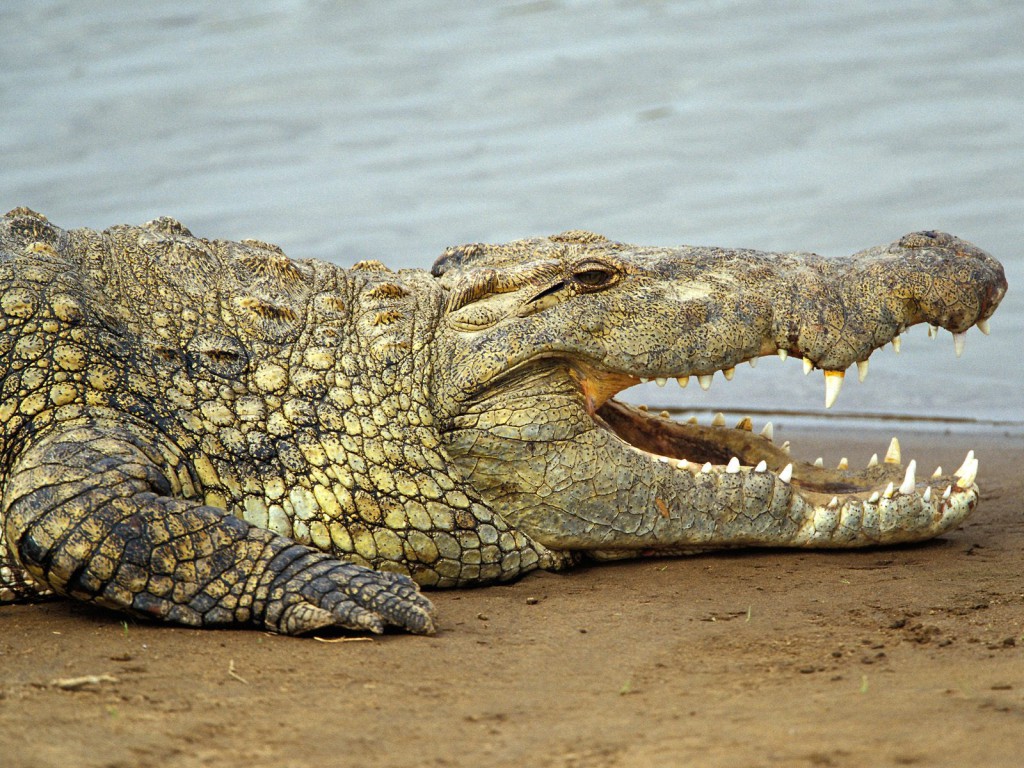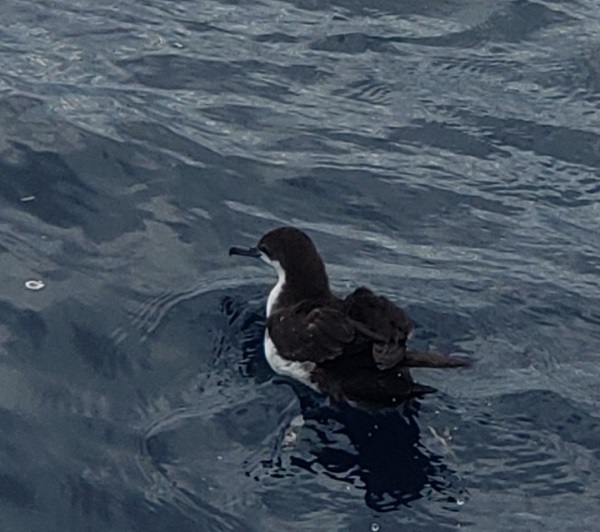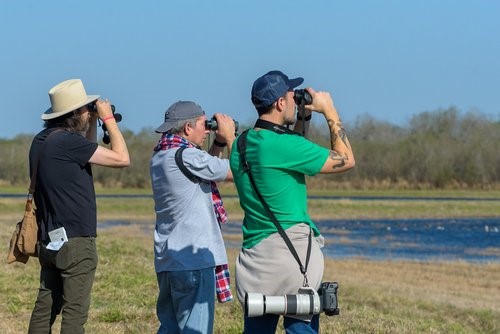In a previous post, I mentioned that beetles are my favorite invertebrates — which sort of begs the question, “What’s your favorite vertebrate?” And that’s an easy one: Alligator mississippiensis or the American alligator. I am lucky that we live in Houston, close to alligators, and even luckier that we have a juvenile alligator in our live animal collection.
For now though, I am super excited to see a Nile crocodile. I have been assured that we will get a look at one today, as we travel through the Grumeti River area in the Western Corridor of the Serengeti National Park.
 Until about two years ago the number of crocodilian species numbered 23. Was a new species discovered? The answer is kinda, but not really. Modern science proved what the ancient Egyptians already knew: The “Nile crocodile” is actually two species: the Eastern Nile crocodile (Crocodylus niloticus) and the Western Nile crocodile (Crocodylus suchus). The smaller, more docile Western Nile crocodile was commonly used in Egyptian culture (mummified, kept at temples, etc.) while evidence shows that Egyptians knew the larger, more aggressive Eastern Nile crocodile was to be avoided. DNA evidence comparing living crocodile populations and mummified crocodiles proved the distinct difference in the two species and brought the total number of crocodilians up to 24, of which nine are currently threatened or endangered.
Until about two years ago the number of crocodilian species numbered 23. Was a new species discovered? The answer is kinda, but not really. Modern science proved what the ancient Egyptians already knew: The “Nile crocodile” is actually two species: the Eastern Nile crocodile (Crocodylus niloticus) and the Western Nile crocodile (Crocodylus suchus). The smaller, more docile Western Nile crocodile was commonly used in Egyptian culture (mummified, kept at temples, etc.) while evidence shows that Egyptians knew the larger, more aggressive Eastern Nile crocodile was to be avoided. DNA evidence comparing living crocodile populations and mummified crocodiles proved the distinct difference in the two species and brought the total number of crocodilians up to 24, of which nine are currently threatened or endangered.
What’s more, the same DNA study also showed that the Eastern Nile crocodile was more closely related to four species in the Caribbean than it was its neighbor, the Western Nile crocodile.
The Eastern Nile crocodile is the second largest extant reptile in the world. The largest accurately recorded male was shot in Tanzania and measured 21 feet, 3 inches and weighed approximately 2,400 pounds. In fact, we are visiting Tanzania at the perfect time to get a glimpse of these ambush predators as it is the dry season and they will be nesting.
I don’t want to get too close, however, as 63 percent of the 250 to 750 Nile crocodile attacks on humans per year prove fatal!
Bonus fact: A group of crocodiles is called a bask.






